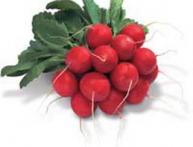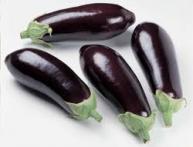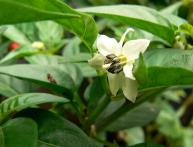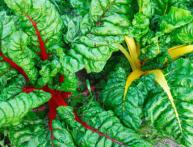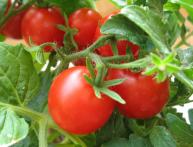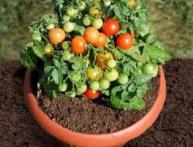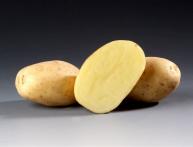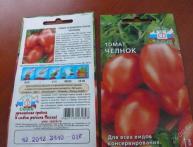Fertilizing potatoes: when and with what to increase yield
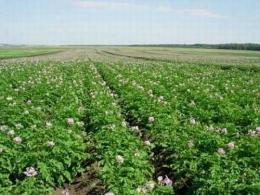
Potatoes are a frequent guest on our dinner tables. We cannot imagine a single holiday without crushed potatoes, many first courses are cooked with potatoes, potatoes are included as an ingredient in many salads, as well as baked potatoes, potato pancakes, zrazy, etc. That is why in our gardens it is the most respected resident.
In order to get a good harvest in the fall, the plants need to be taken care of in the spring and summer. Potatoes are no exception. Fertilizing of potatoes takes place in the cultivation of this crop, and a distinction is made between foliar feeding, when fertilizer is sprayed on the plant itself, and root feeding, which most often takes place in the care of this root crop.
So, root feeding of potatoes is carried out before the moment of hilling and is called “under the stake”. The very name of the fertilizer speaks for itself. A stake is driven into the ground between the plants and a depression of about 20 cm is pressed into it. The fertilizer solution is poured into this depression. The best option is 1 hole per 3 bushes in a triangle. Each plant will take the nutrients it needs from the fertilizer, and the roots will remain intact and will not get burned.
It is best to feed potatoes with bird droppings, which contain all the nutrients they need - potassium, phosphorus, nitrogen. If possible, add ash to bird droppings in a 2:1 ratio.
The fertilizer itself is prepared at the rate of 1 part litter to 2 parts water, everything is mixed well, and the lumps are broken up. The need for fertilizing per 1 hectare of land is about 6-10 kg.
Swamp duckweed, silt of lakes or swamps can also serve as an excellent fertilizer for potatoes.
After the potatoes have been fertilized, the soil must be loosened and the potatoes hilled up.

